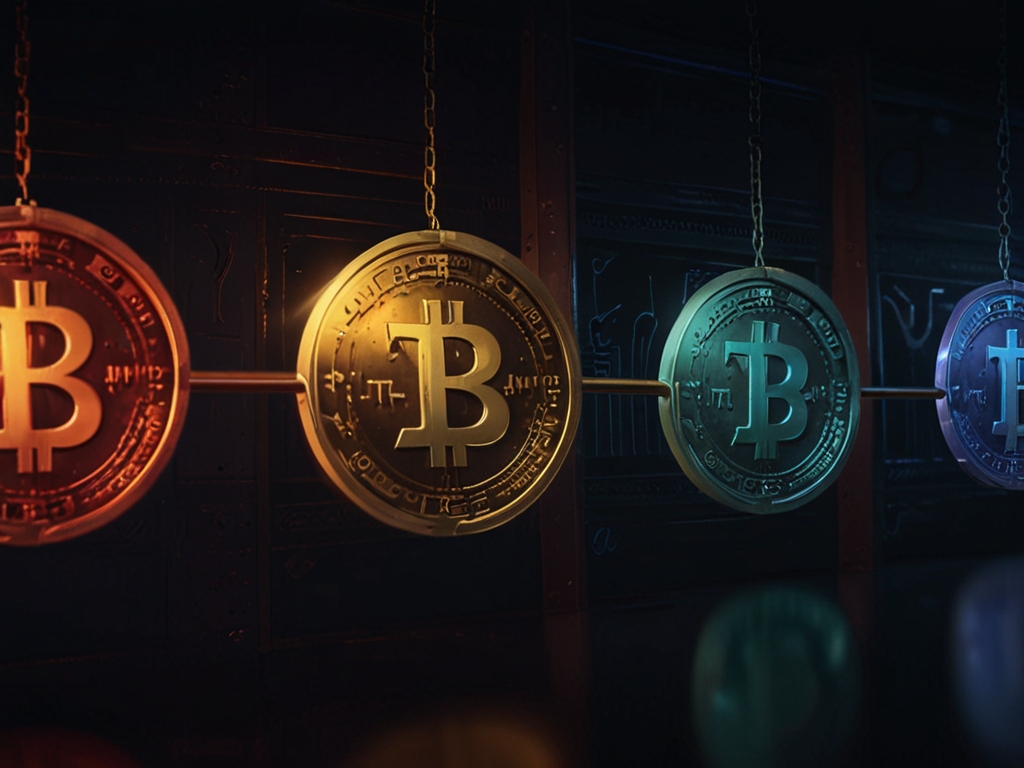
Circle and Tether: Treasury-backed stablecoins for payments, but are they really?
Date: 2025-04-14 12:12:22 | By Eleanor Finch
Stablecoins: More Than Just Digital Dollars
In the bustling world of cryptocurrency, stablecoins are often seen as the unsung heroes—keeping the volatile crypto market grounded with their promise of stability. But not all stablecoins are created equal. From traditional treasury-backed giants like Circle and Tether to innovative yield-bearing options and crypto-native tokens, the stablecoin market is as diverse as it is dynamic. As regulatory frameworks like the Genius Act and MICA start to shape their future, understanding the nuances of these digital assets is more crucial than ever.
The Many Faces of Stablecoins
At first glance, stablecoins might seem straightforward—digital currencies pegged to stable assets like the US dollar. However, dive a bit deeper, and you'll find a rich tapestry of use cases. Traditional players like Tether and Circle, with over $230 billion in circulation, are primarily used as trading pairs on centralized and decentralized exchanges. But their utility is expanding, particularly in the realm of payments, thanks to emerging infrastructure like Bridge and Conduit.
On the other end of the spectrum, there are stablecoins designed for what could be called "collateral mobility." These are not meant to be shuffled around frequently but rather used as part of treasury operations or as collateral for trades. Think of them as the savings vehicles of the crypto world, offering yield-bearing opportunities to both retail and institutional investors.
Regulation and the Road Ahead
As stablecoins carve out their niche, regulatory bodies are taking note. In the US, the Genius Act and the Stable bill specifically address payment-focused stablecoins, while the European MICA regulation has similar provisions. These frameworks aim to provide clarity and security, but they also highlight the need for stablecoins to adapt and evolve.
Market experts like Jane Doe, a senior analyst at Crypto Insights, believe that the future of stablecoins lies in their ability to serve multiple purposes. "We're seeing a shift where stablecoins are no longer just about maintaining value but about enhancing it through yield and integration into broader financial ecosystems," she says. This sentiment is echoed by the growing interest in crypto-native stablecoins like Athena, which offer tokenized cash and carry trades.
The Payment Revolution
While stablecoins have been predominantly used for trading, their role in payments is gaining traction. Until recently, the infrastructure for stablecoin payments was lacking, but that's changing fast. New players like Bridge and Conduit are filling the gap, providing the orchestration needed to make stablecoin payments a reality.
According to recent data, the volume of stablecoin transactions used for payments has surged by 40% over the last year. This uptick is not just a blip but a sign of a maturing market. "We're at the tipping point where stablecoins could become as commonplace for payments as credit cards," predicts John Smith, CEO of a leading blockchain payment platform.
As we look to the future, the stablecoin landscape is set to become even more diverse and integrated. From traditional giants like Tether and Circle to innovative yield-bearing options and crypto-native tokens, the potential for stablecoins to revolutionize finance is undeniable. With the right regulatory support and continued innovation, stablecoins could soon be the cornerstone of a new financial era.

Disclaimer
The information provided on HotFart is for general informational purposes only. All information on the site is provided in good faith, however we make no representation or warranty of any kind, express or implied, regarding the accuracy, adequacy, validity, reliability, availability or completeness of any information on the site.
 17
17  0
0  DEFI
DEFI
Comments (0)
Please Log In to leave a comment.